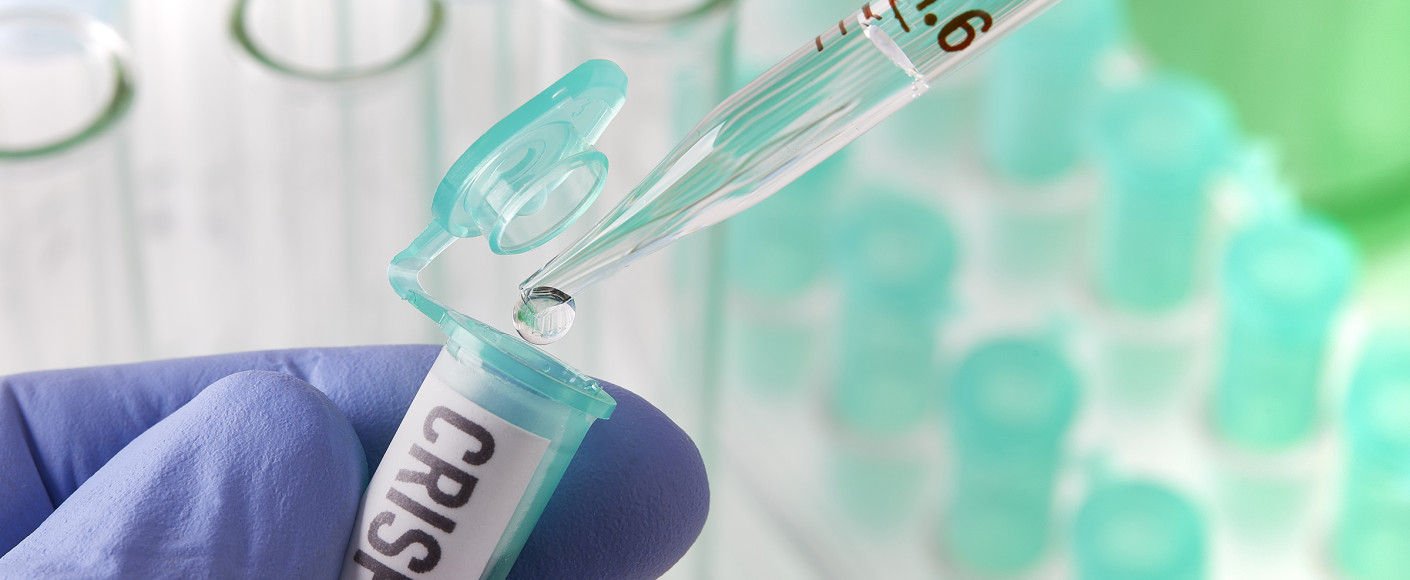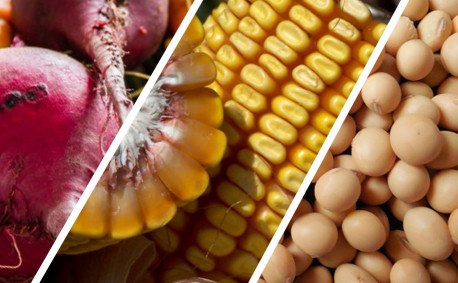Five FAQs About Gene Editing in Agriculture
Just like we rely on our smartphones for, well, almost everything, farmers rely on technology to raise food more sustainably and efficiently. From GPS to drones to spray rigs, technology has made a positive impact on agriculture.
Some farming technology starts back in labs where scientists are learning how to enhance plants to improve the environment, food and even our health. Gene editing is one such technology that shows great promise in food production. Here are some fascinating facts about this advanced technology helping farmers feed the world.
1. What Is Gene Editing?
Gene editing is a process that allows scientists to alter a plant’s DNA by removing minuscule sections of the genome with great precision. The adjustments are made by cutting, or editing out, unwanted DNA from the existing code without introducing foreign genetic material. These tiny changes can yield big results, like increasing macronutrients in soybeans or reducing naturally occurring toxins in cassava plants.
2. How Do Plant Scientists Edit Genes?
One of the main gene editing tools is (admittedly) a mouthful: clustered regularly interspaced short palindromic repeats, or CRISPR for short, is like a “molecular scalpel” that lets scientists make microscopic cuts in a plant’s genome to remove genetic errors. (Technically, the tool used in agriculture is called CRISP-Cas9, but we won’t split hairs. We’ll leave the microscopic splitting to the scientists!)
3. How Can CRISPR Help Us?
This advanced tool has the potential to improve our lives through plant agriculture and beyond. One example is the cassava plant, also called yucca. Cassava is a major source of food for about 800 million people around the world. It also happens to contain cyanide and, when processed incorrectly, can cause cyanide poisoning, resulting in paralysis and even death. CRISPR enables scientists to remove the genes responsible for the presence of cyanide, making cassava safe to eat, regardless of how it’s processed.
This technology also has the potential to treat diseases in people and animals. CRISPR could be used to help edit sickle cell disease, a genetic disorder that occurs when parents pass abnormal hemoglobin genes to their children. CRISPR has also been shown to help pigs fight porcine reproductive and respiratory syndrome, which can cause premature birth and failure to thrive, by removing a protein linked to the viral infection that causes it.
4. Is Gene Editing the Same as GMO Technology?
Short answer: No.
Long answer: Gene editing changes a plant’s existing DNA by removing portions of the existing genome. Genetically modified organisms, on the other hand, alter a plant’s DNA by adding genetic material from other sources. Think of GMO technology as crossbreeding for select traits on a molecular level.
One fascinating example of how GMOs work is golden rice. Scientists wanted to reduce malnutrition seen in nations with diets largely composed of rice. They discovered that introducing DNA from a daffodil and a specific soil bacterium into rice’s genetic material caused the rice to produce beta carotene, which in turn could be converted into vitamin A. Helping improve the nutritional value of golden rice is just one cool way technology and agriculture are enhancing the lives of people around the world.
GMO technology is only used in a handful of crops like soybeans, cotton, potatoes, papayas, canola and alfalfa. These crops have been rigorously tested and studied to ensure they’re safe for us to eat.
5. Is Gene Editing Used in Lots of Crops?
Like GMOs, gene editing is only being used in a few crops right now, including soybeans, tomatoes, canola and mushrooms. However, scientists see lots of opportunities to use this technology in many fields (pun intended!).
One major example already available is soy. Gene-edited soybeans can produce oil high in oleic and monounsaturated fatty acids and low in saturated fats, which can enhance heart health. These genetic edits also extend the oil’s shelf-life without affecting flavor, which makes these soybeans appealing to restaurants and other food-based businesses.
Farmers, ranchers and other agriculture experts are tasked with raising healthy food in an environmentally sustainable way to feed a growing population. That’s no small feat. Advanced technologies like gene editing are helping them make the best use of their resources to nourish our families and the entire world.





